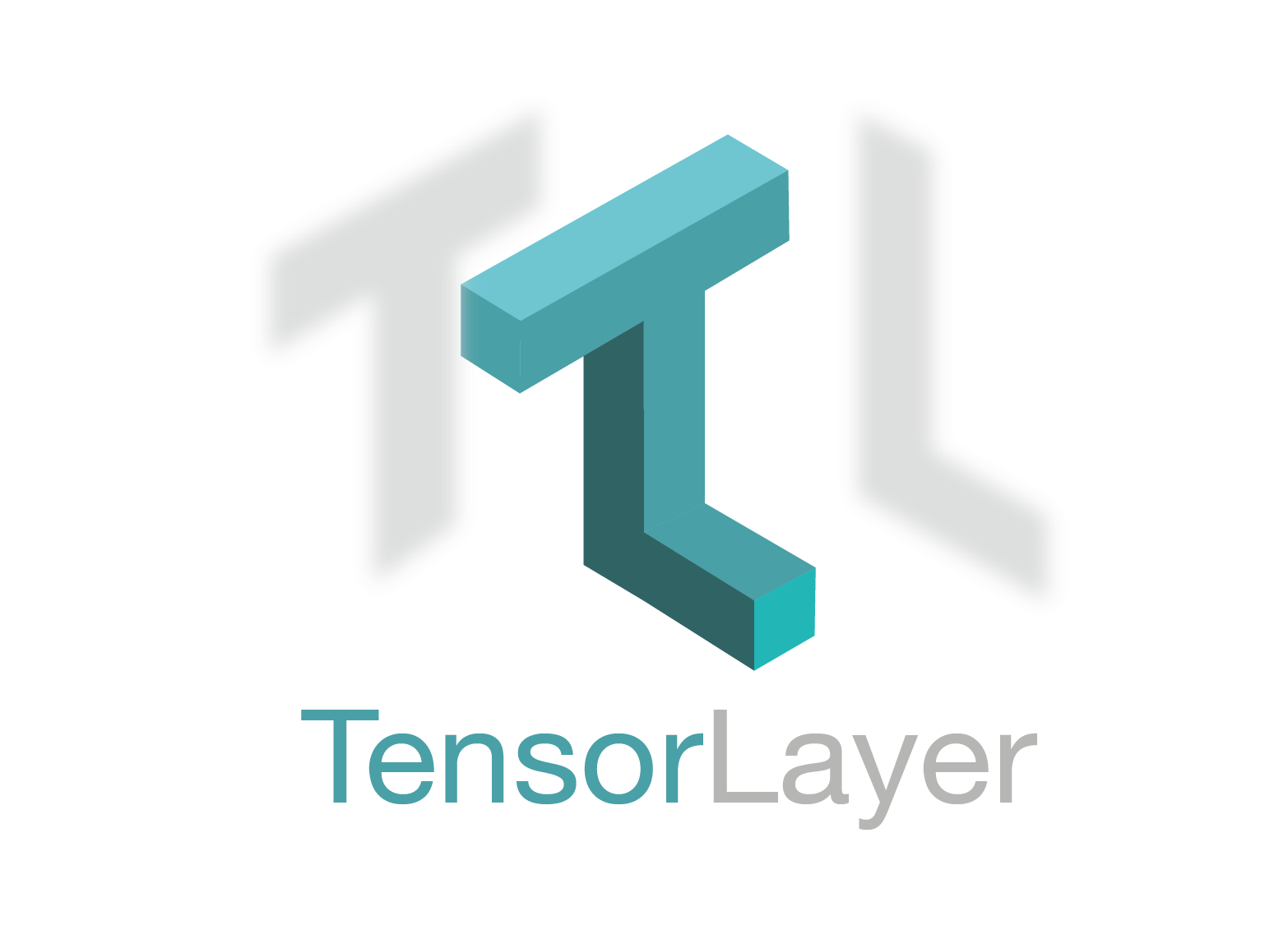
TensorLayer は、研究者やエンジニア向けに設計された新しい TensorFlow ベースの深層学習および強化学習ライブラリです。これは、コミュニティのオープンソースの大量チュートリアルとアプリケーションに基づいて、高度な AI モデルを迅速に構築するためのカスタマイズ可能なニューラル レイヤーの広範なコレクションを提供します。 TensorLayer は、ACM Multimedia Society から 2017 年の最優秀オープンソース ソフトウェアを受賞しました。このプロジェクトは OpenI および Gitee にもあります。
TensorLayer は、シンプルさ、柔軟性、高性能を念頭に置いて設計された新しい深層学習ライブラリです。
TensorLayer は、TensorFlow ラッパーのユニークな位置にあります。 Keras や TFLearn などの他のラッパーは、TensorFlow の多くの強力な機能を隠しており、カスタム AI モデルの作成に対するサポートをほとんど提供しません。 PyTorch からインスピレーションを得た TensorLayer API は、シンプルかつ柔軟で Python 的であるため、複雑な AI タスクに対処できる十分な柔軟性を備えながら、簡単に学習できます。 TensorLayer には急速に成長しているコミュニティがあります。北京大学、インペリアル カレッジ ロンドン、カリフォルニア大学バークレー校、カーネギー メロン大学、スタンフォード大学、および Google、Microsoft、Alibaba、Tencent、Xiaomi、Bloomberg などの企業を含む、世界中の研究者やエンジニアによって使用されています。
TensorLayer には、初心者と専門家の両方を対象とした広範なドキュメントがあります。ドキュメントは英語と中国語の両方で利用できます。
master ブランチで実験的な機能を試してみたい場合は、ここで最新のドキュメントを見つけることができます。
TensorLayer を使用するサンプルの大規模なコレクションは、ここと次のスペースで見つけることができます。

TensorLayer 2.0 は TensorFlow、numpy などに依存しています。 GPU を使用するには、CUDA と cuDNN が必要です。
TensorFlow をインストールします。
pip3 install tensorflow-gpu==2.0.0-rc1 # TensorFlow GPU (version 2.0 RC1)
pip3 install tensorflow # CPU versionTensorLayer の安定リリースをインストールします。
pip3 install tensorlayerTensorLayer の不安定な開発バージョンをインストールします。
pip3 install git+https://github.com/tensorlayer/tensorlayer.git追加の依存関係をインストールする場合は、次のコマンドを実行することもできます。
pip3 install --upgrade tensorlayer[all] # all additional dependencies
pip3 install --upgrade tensorlayer[extra] # only the `extra` dependencies
pip3 install --upgrade tensorlayer[contrib_loggers] # only the `contrib_loggers` dependenciesTensorFlow 1.X ユーザーの場合は、TensorLayer 1.11.0 を使用できます。
# For last stable version of TensorLayer 1.X
pip3 install --upgrade tensorlayer==1.11.0次の表は、TITAN Xp 上で TensorLayer とネイティブ TensorFlow を使用した VGG16 のトレーニング速度を示しています。
| モード | リブ | データ形式 | 最大 GPU メモリ使用量(MB) | 最大CPUメモリ使用量(MB) | 平均CPUメモリ使用量(MB) | 実行時間 (秒) |
|---|---|---|---|---|---|---|
| サイン | TensorFlow 2.0 | 最後のチャンネル | 11833 | 2161 | 2136 | 74 |
| TensorLayer 2.0 | 最後のチャンネル | 11833 | 2187 | 2169 | 76 | |
| グラフ | ケラス | 最後のチャンネル | 8677 | 2580 | 2576 | 101 |
| 熱心な | TensorFlow 2.0 | 最後のチャンネル | 8723 | 2052年 | 2024年 | 97 |
| TensorLayer 2.0 | 最後のチャンネル | 8723 | 2010年 | 2007年 | 95 |
PR を送信する前に、寄稿者ガイドラインをお読みください。
ユーザーには、Github の問題を使用してバグを報告することをお勧めします。ユーザーは、次のスラック チャンネルで TensorLayer の使用方法について議論することもできます。

TensorLayer があなたのプロジェクトに役立つと思われる場合は、次の論文を引用してください。
@article{tensorlayer2017,
author = {Dong, Hao and Supratak, Akara and Mai, Luo and Liu, Fangde and Oehmichen, Axel and Yu, Simiao and Guo, Yike},
journal = {ACM Multimedia},
title = {{TensorLayer: A Versatile Library for Efficient Deep Learning Development}},
url = {http://tensorlayer.org},
year = {2017}
}
@inproceedings{tensorlayer2021,
title={Tensorlayer 3.0: A Deep Learning Library Compatible With Multiple Backends},
author={Lai, Cheng and Han, Jiarong and Dong, Hao},
booktitle={2021 IEEE International Conference on Multimedia & Expo Workshops (ICMEW)},
pages={1--3},
year={2021},
organization={IEEE}
}